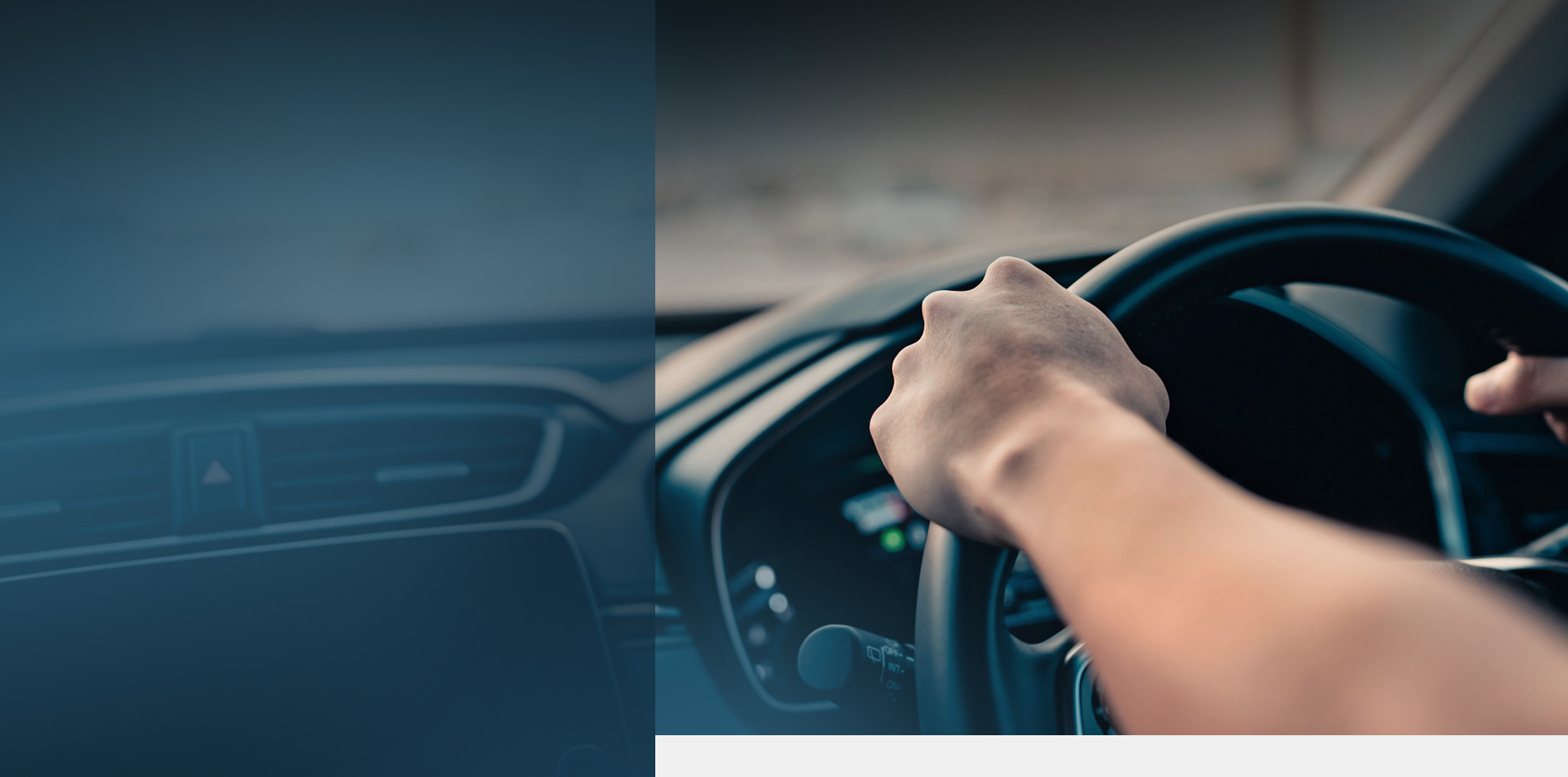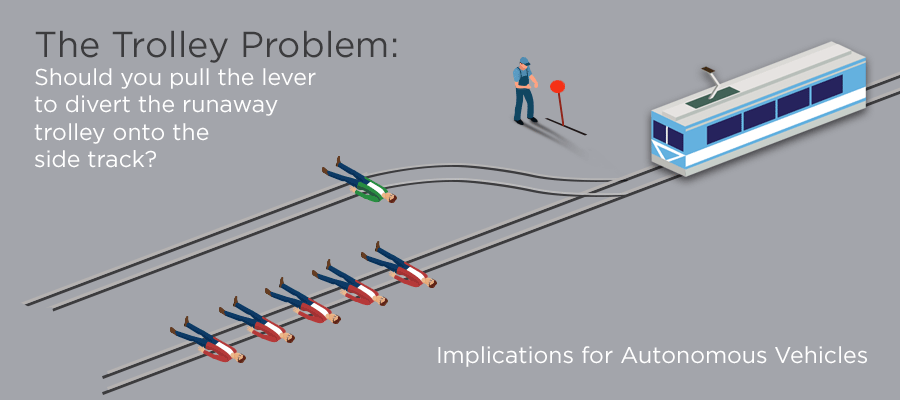
Self-Driving Car Accident Lawyer
A self-driving car is no longer a futuristic idea – if you live in a major city, it is possible that you have already seen one, perhaps without even realizing it.
Dozens of states have passed legislation related to the operation of autonomous vehicles with more to follow. Many of the world’s leading auto manufacturers and technology companies, including General Motors, Ford, Daimler-Bosch, Tesla, Waymo, BMW and Volkswagen, among many others, are investing billions of dollars in autonomous vehicle (AV) research.
Are Self-Driving Cars Safe?
Proponents of self-driving car technology tout it as a game changer in transportation safety. Human error, after all, is one of the leading causes of truck accidents, car accidents and bus accidents. Automated driving takes away the possibility of human error by instead relying on computers, sensors, artificial intelligence, and algorithms.
However, taking human drivers out of the equation will create the potential for other safety issues. For example, will driverless vehicles be thoroughly tested before they are deemed safe by regulators? Could a rush to get robot-cars on our roads lead to preventable accidents?
Cyber-attacks affect millions of people each year. Will the computer operating systems for autonomous vehicles be protected from cyber-attacks?
What about software malfunctions?
Who is liable when self-driving vehicles cause an accident?
We hope the following information will be a useful resource for anyone harmed by a self-driving car accident. If you would like to speak with an experienced attorney about a driverless vehicle accident, the law firm of Wisner Baum is here to help you.
Our firm has handled thousands of transportation accident lawsuits on behalf of victims whose lives were turned upside down by negligence, vehicle defects and other safety issues. Across all areas of practice, our attorneys have won over $4 billion on behalf of clients.
Call (855) 948-5098 today for a free case evaluation.
How Do Driverless Cars Work?
To understand how driverless cars work, we need to define what “self-driving” actually means.
The Society of Automotive Engineers International (SAE) defines five levels of driverless automation:
- Level 0 – No automation. Human driver is in control of 100% of the driving.
- Level 1 – Driver assistance. A vehicle can assist the human driver with steering, braking and accelerating.
- Level 2 – Partial automation. The vehicle can control both steering and braking/accelerating under some circumstances. Human driver must monitor the driving environment at all times and perform other driving tasks.
- Level 3 – Conditional automation. A vehicle can perform all driving tasks under some circumstances, but human driver must be ready to take back control at the request of the automated system.
- Level 4 – High automation. Vehicle systems can perform all driving tasks and monitor the driving environment in certain circumstances. The human driver does not need to pay attention under these circumstances.
- Level 5 – Full automation. Automated vehicle is in control of 100% of the driving.
Driverless cars utilize several systems that work together to direct the vehicle. Sensors and GPS continuously update information about the driving environment. A central computing system analyzes and interprets all of the data, then makes decisions to manipulate the vehicle.
Robocars usually have some combination of four key sensors:
- Ultrasonic Sensors: Use sound waves to detect the position of curbs and other obstacles. Often located in wheels, many newer model vehicles already use ultrasonic sensors, primarily for parking.
- Radar Sensors: Placed around the perimeter of the vehicle, radar sensors use radio waves for tracking and monitoring of other vehicles in real-time.
- Image Sensors: Using cameras, image sensors read traffic signs and keep track of other obstacles, vehicles and pedestrians.
- LiDAR Sensors: Use laser beams to detect fine details of the vehicle’s environment, including the edges of roads and lane markings.
Injuries and Deaths Involving Self-Driving Cars are “Inevitable”
One of the purported benefits of autonomous vehicle technology is that it will reduce the number of accidents caused by human error. While we can only speculate on what impact driverless cars will have on traffic accidents, one thing is clear: a car, bus or truck accident can be devastating, regardless of whether it was caused by a computer or a human driver.
Driverless vehicle accidents have already resulted in several deaths. One 2018 fatal crash forced Uber to halt testing of its self-driving cars temporarily. Toyota and graphic chips manufacturer, Nvidia, have also been forced to halt testing due to accidents.
According to John Paul MacDuffie, director of the Program on Vehicle and Mobility Innovation at University of Pennsylvania’s Wharton School, people are “inevitably” going to be injured and killed in the testing and improvement of autonomous vehicles.
“Any situation where you’re expecting the human and the computer algorithms to share control of the car, it is very tricky to hand that control back and forth.” MacDuffie said.
Constantine Samaras, director of Carnegie Mellon University’s Center for Engineering and Resilience for Climate Adaptation, shares this view, noting that early testing of autonomous vehicle technology that involves differing roles for human drivers will be rife with confusion.
“This is a challenge for this transition to automation, where there’s this muddled mixture of human responsibility and robot responsibility,” says Samaras.
As the technology continues to improve, there is no reason to doubt that driverless vehicles will have a positive effect on reducing human error traffic collisions. However, it is unrealistic to expect that driverless vehicles are going to operate perfectly every single trip, especially in the early stages. Unfortunately, anytime the technology fails, lives will be put at risk.
Autonomous Vehicles and the Trolley Problem: Programming AI Ethics
The possibilities for self-driving vehicle accidents raise countless ethical questions. One of the most common is a modern variation of the trolley problem:
A car carrying three people comes upon three pedestrians crossing the street. There are two choices – to crash into a concrete barrier, killing all the occupants of the vehicle, or hit the pedestrians, killing them.
Which tragic scenario should an autonomous car choose?

In 2016, scientists from the Massachusetts Institute of Technology (MIT) posed this scenario and others to millions of people around the world in an effort to gauge how humans would respond to decisions made by artificial intelligence (AI). While the Moral Machine experiment did see some consensus―people generally chose to save people over animals, save more lives over fewer, and prioritize young people over the elderly. Other responses varied in accordance with regional cultural norms and economic status.
The study was the first of many tests that will help inform how companies like Waymo, Tesla, and many others, program the AI for autonomous vehicles. Will these companies share the same ethical standards? Or will certain companies create AI that chooses one of the above scenarios while others make different choices?
If self-driving car companies do not have the same ethics standards for AI worldwide—the outcomes for accidents, and thus liability, will vary widely.
Who is Liable in a Self-Driving Car Crash?
The determination of liability in a driverless vehicle accident will require expert investigation and analysis. We have already seen some states create industry-friendly policies towards autonomous vehicles and police blame fatalities on the victims themselves, making it ever more vital that highly experienced trial lawyers advocate for anyone impacted by robocar accidents.
New laws and regulations governing self-driving cars have not yet been established nationwide. Self-driving car accidents include more variables than human driver vehicle accidents. Self-driving cars can use software and artificial intelligence created by one company, hardware such as sensors or cameras provided by another company, and vehicles manufactured by yet another. Any one, or all, of these companies could be responsible for a defective technology or product causing an automated vehicle crash.
A self-driving car lawsuit presents a multitude of different avenues to investigate and requires a great deal of dedication to unearth the true cause of the accident. That is why victims of self-driving car crashes need expert legal representation to bring all responsible parties to justice.
Call us today at (855) 948-5098 for a free, no-obligation consultation.
Our Case Results

-
$10 Million Settlement A Major Foreign Plane Crash
Wisner Baum obtained a $10 million settlement for the death of a passenger in a major foreign plane crash.
-
$14 Million Settlement A Major US Plane Crash
Wisner Baum obtained a $14 million settlement for the death of a passenger in a major US plane crash.
-
$17.5 Million Settlement A Major US Plane Crash
Wisner Baum obtained a $17.5 million settlement on behalf of a client who was killed in a major U.S. plane crash.
-
$10 Million Settlement Celexa-Lexapro Pediatric Class Action
$10 million pediatric class action re false promotion of Celexa and Lexapro. Babies born to women who have used Lexapro and other similar medications such as Zoloft, Celexa, Prozac, Paxil, and Symbyax are at an increased risk for birth defects.
-
$8.5 Million Verdict Commercial Truck Accident
Wisner Baum secured a $8.5 million wrongful death verdict against the food industry company, Tyson Foods, for the wrongful death of a young man.
-
$28 Million Settlement Defective Drug Class Action
$28 million Paxil defective drug class action. A class action has been brought in the US territory of Puerto Rico against UK-based drug major GlaxoSmithKline.

Client-Focused Representation
REVIEWS & TESTIMONIALS
We believe our track record speaks for itself. But you don’t have to take our word for it. See what our clients have to say about working with us.
-
"I Can’t Imagine a Better Law Firm"
Multiple lawyers recommended Wisner Baum to me and I have been consistently impressed with the quality of their work.
- Best Law Firms Survey -
"They Are About Changing the Systems..."
Wisner Baum are not only amazing attorneys but more importantly, they are activists. They are about changing the systems which got us into trouble in the first place. They understand their role in the process of making change.
- Kim Witczak -
"Top Legal Minds in the Country"
The Wisner Baum firm has some of the top legal minds in the country; they are driven, determined, trustworthy, ethical and passionate.
- From Best Lawyers® Best Law Firms





